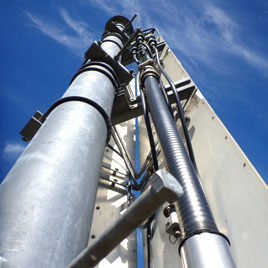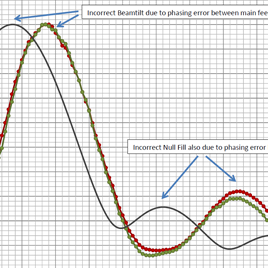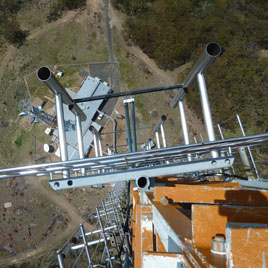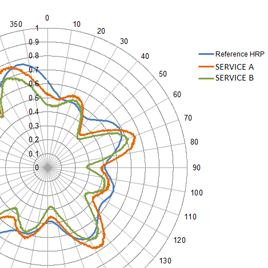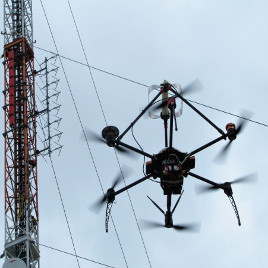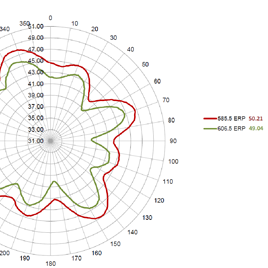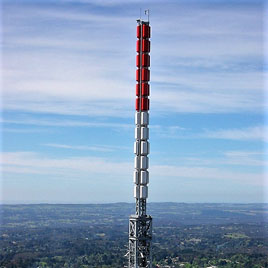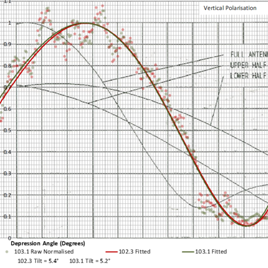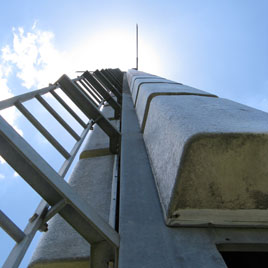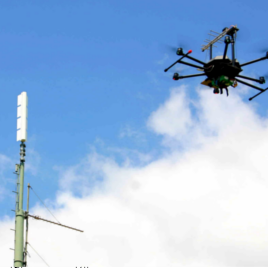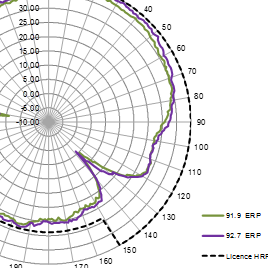FREQUENTLY ASKED QUESTIONS
You want to be confident your rf transmission system is working as intended,right? Perhaps you need to install a new broadcast antenna system? How do you know for certain that it is installed correctly and gives you the performance you expect? We understand how difficult it is to accurately prove the performance of these complicated antenna systems, especially when a high level of accuracy is needed. Traditional land-based measurement techniques are limited, it's time to innovate. Here at SIXARMS, we are redefining the measurement tools needed to give you confidence that your rf system is working the best it can! Here's some questions we've been asked.
What does SIXARMS do?
We sell Airborne Radio Measurement Systems (ARMS). We give you the tools and help you verify the operation of your transmission systems. We have bundled over 3 decades of antenna and RF measurement knowledge into a versatile platform that is now far more capable than any previous measurement methods.
What do you mean "verify the operation of our transmission systems"?
Our platforms allow you to fully characterise the transmitted signal from your antenna. The airborne system flies predetermined routes to gather enough data to allow a 'picture of health' to emerge. This confirms whether the installed system is as per the design. If not, it allows you to more easily diagnose what the potential issues may be, then correct them.
Great, but I don't know much about flying drones?
That's ok, you simply put your staff through a remote pilots course. You don't have to be a world champion drone racer. In fact, most of the flying is done without any human intervention. We'll provide training on how to carry out the measurements correctly, so that the data you captured is valid and you're able to setup the measurement. Our software solution takes the complexity out of the operation.
Thats fine, but we don't want to do these measurements ourselves, do you offer this as a service, independent consultant?
Yes, as well as suppling these airborne systems, we also offer a measurement service. We'll come and measure the antenna for you and provide you with a comprehensive report on the performance of your system. Perhaps even the performance of your competitors system too.
What's in the report?
Alot. We supply all measured data in a form that becomes useful. That is, we provide a 360 horizontal pattern and a number of vertical slices depending on the configuration of your transmitting antenna. These are compared directly to your manufacturers designed patterns. We'll also include the real radiated power and include the accuracy of the results.
I've just installed a new broadcast antenna. Does it really need to be verified that accurately?
The choice is yours, however, there are a number of situations that are very difficult and time-consuming to diagnose should you only do some land-based verification measurements. If undiscovered, there may be areas of several dBs down in signal strength. Use the ARMS and a couple hours later (not days or weeks) and you know the performance of the antenna without any doubt. Even better, schedule the airborne verification while you still have rigging teams on-site, so that if issues are discovered, they can be rectified pretty quickly, saving a ton load of money. Ideally, do an airborne verification of your current antenna before you swap it out. That way you can confidently compare the before and after performance. Very useful when you need to shift frequencies but keep the same coverage envelope.
What protocols can you measure?
We're only limited by the range of the spectrum analyzer and receive antenna systems. Otherwise we are able to measure anything from 500kHz to 6GHz (higher in the future).
|

